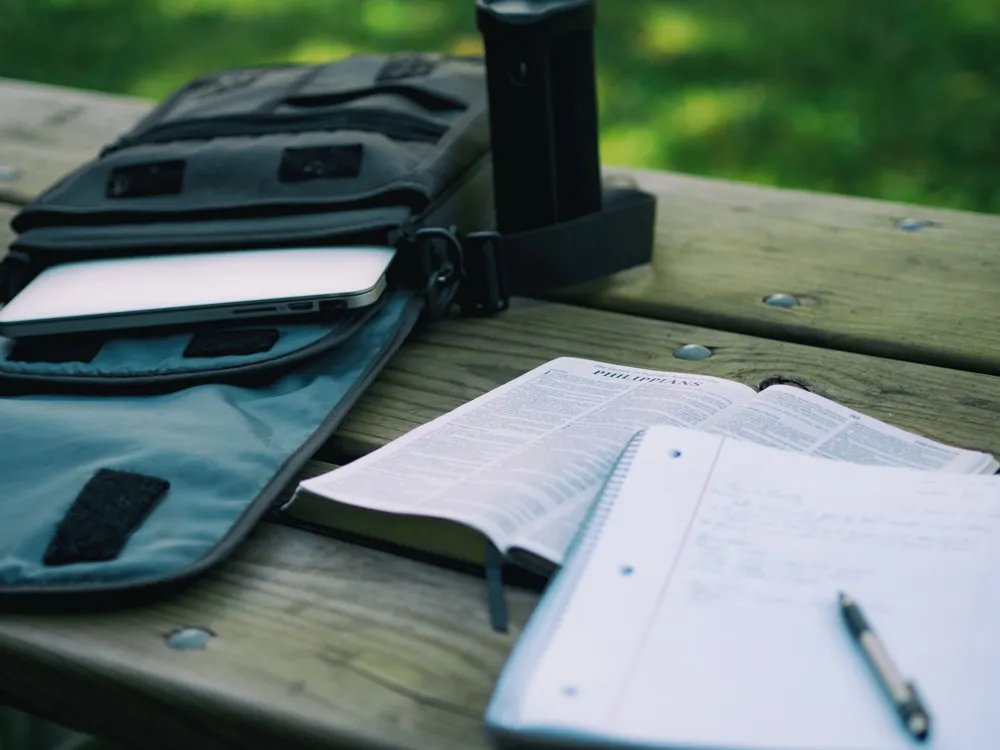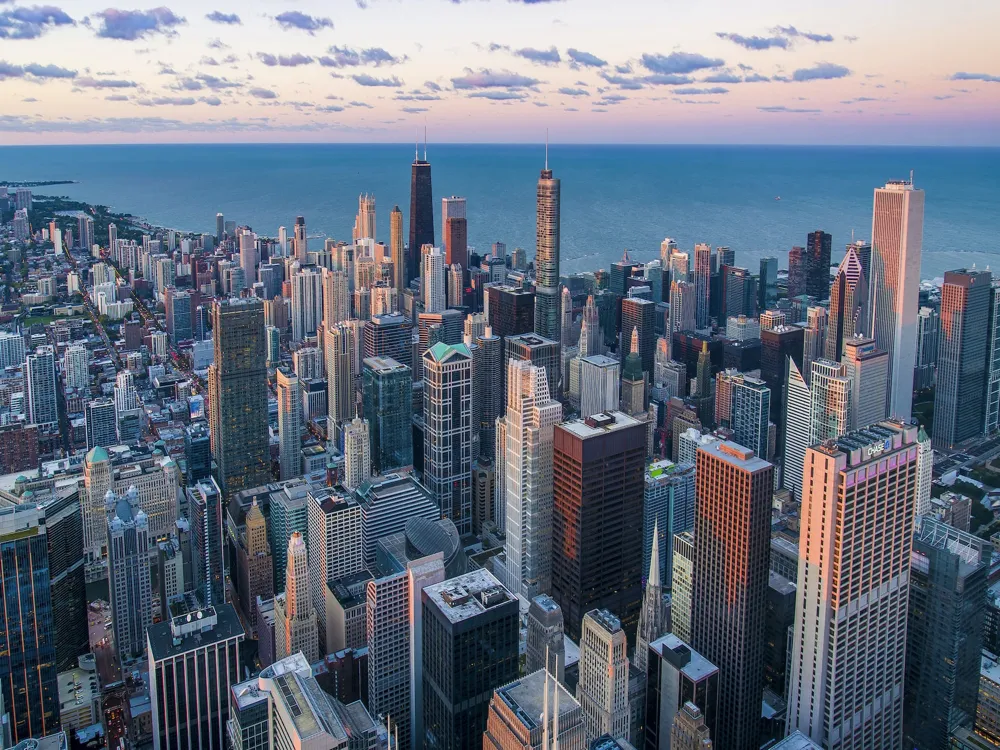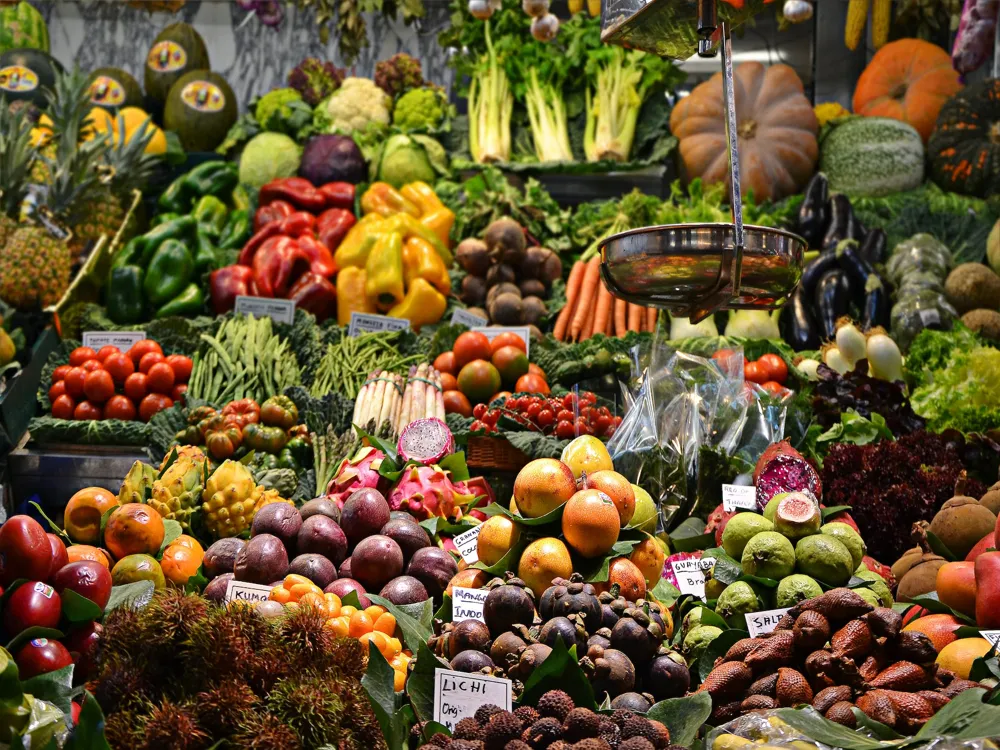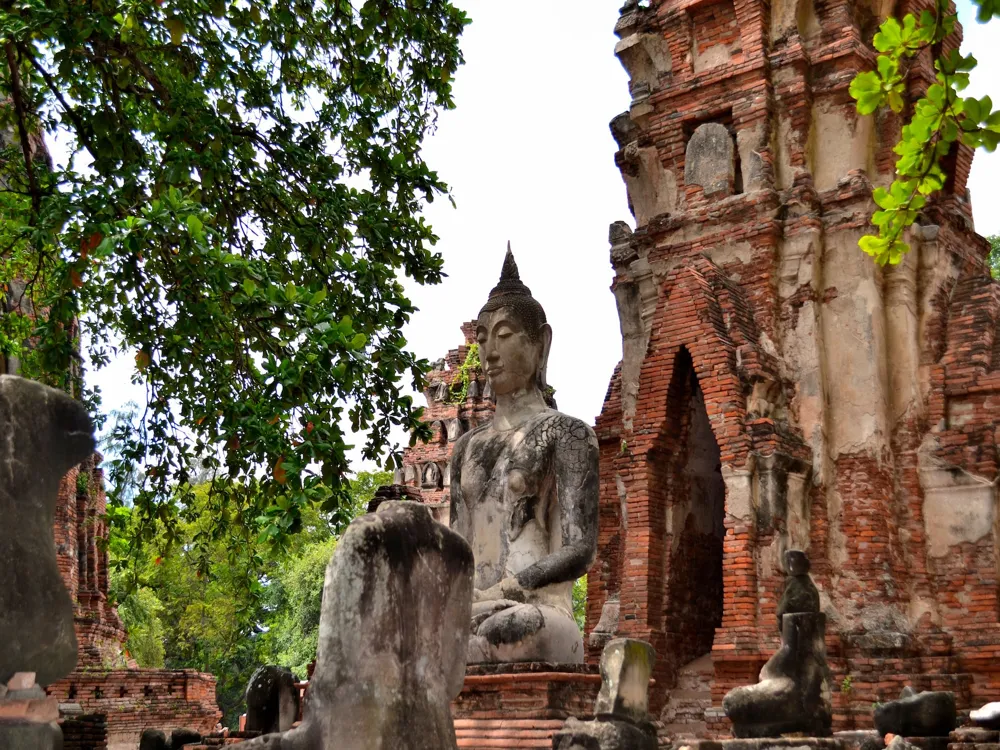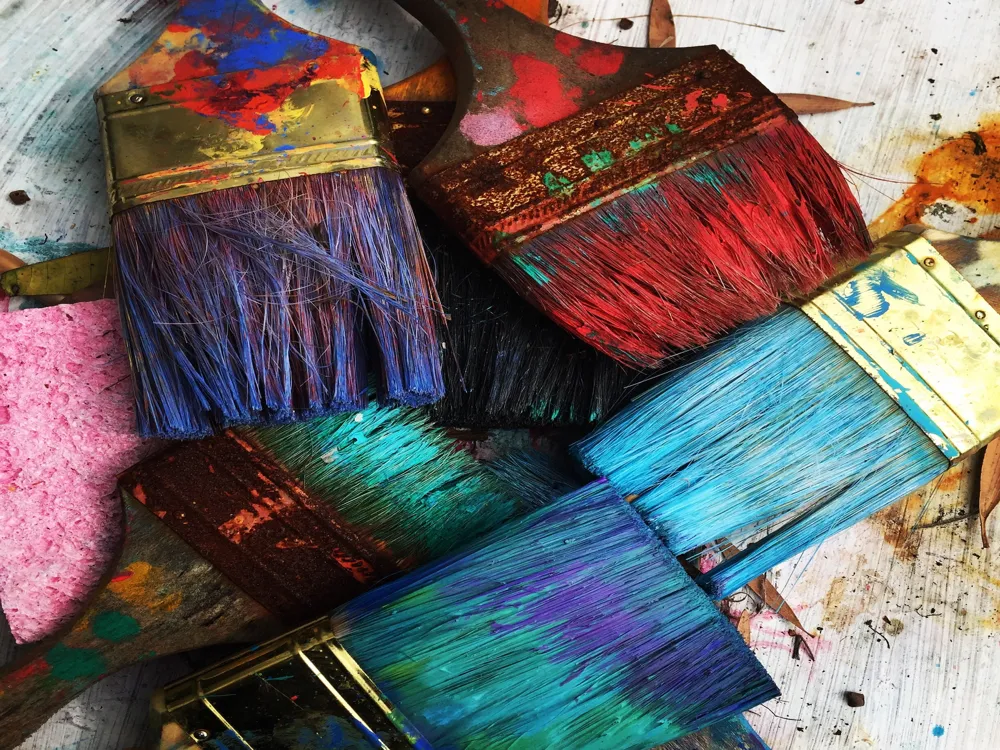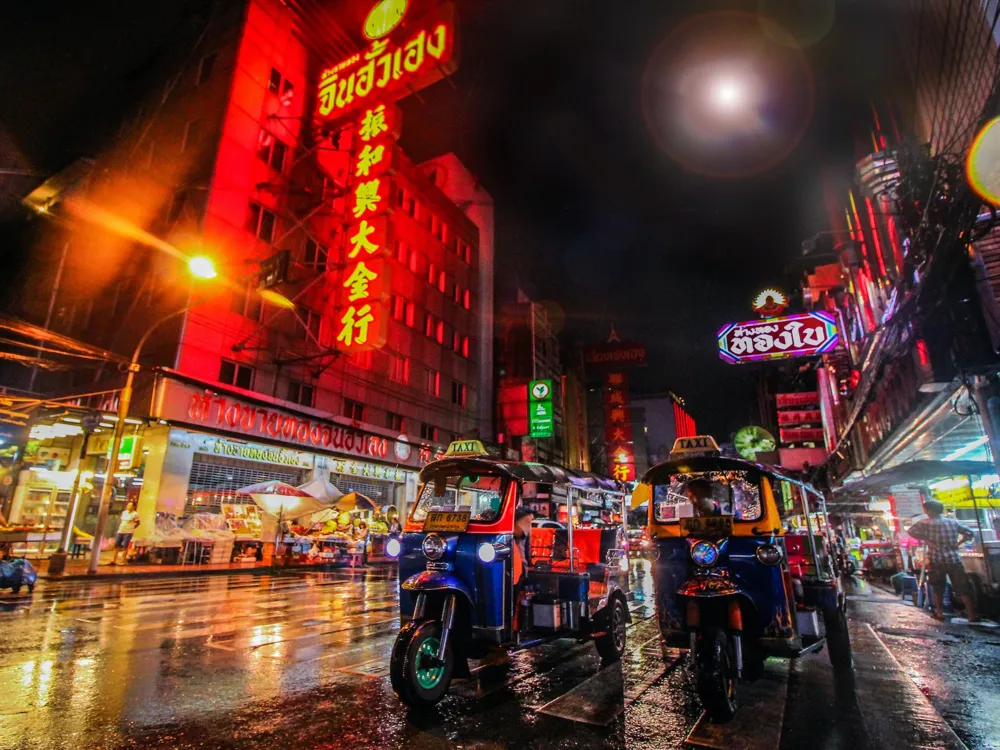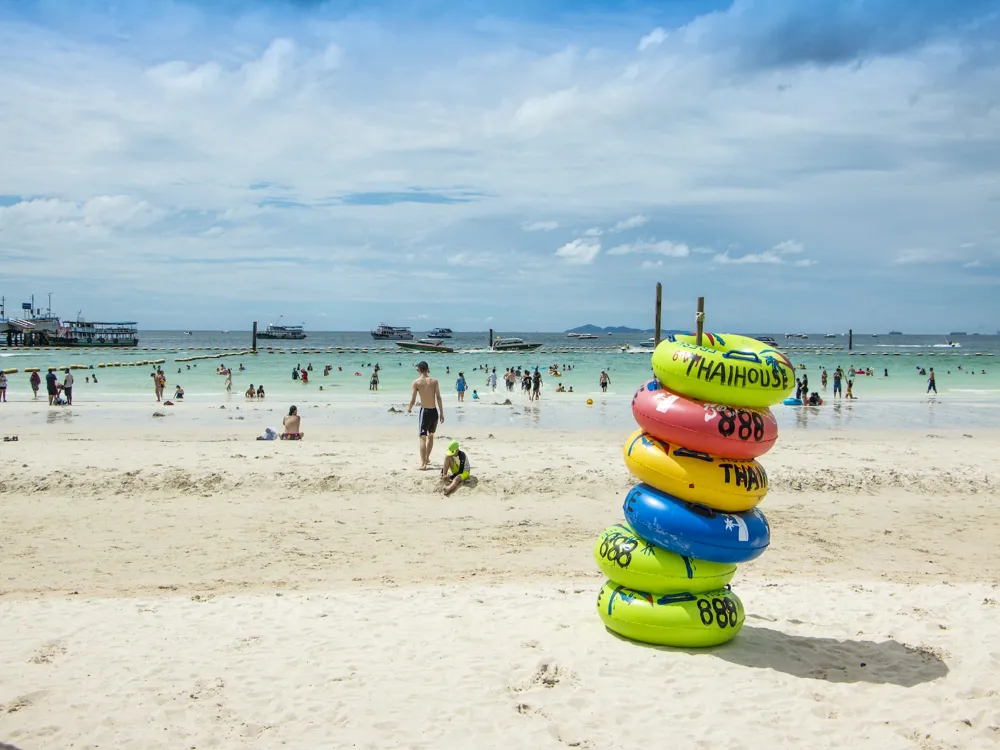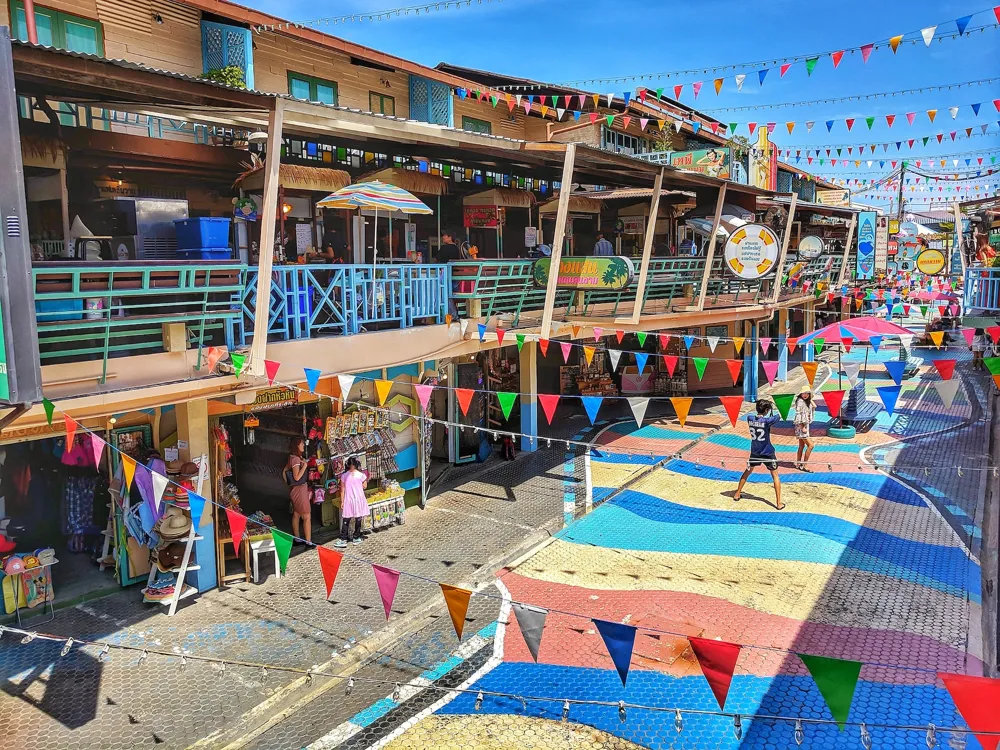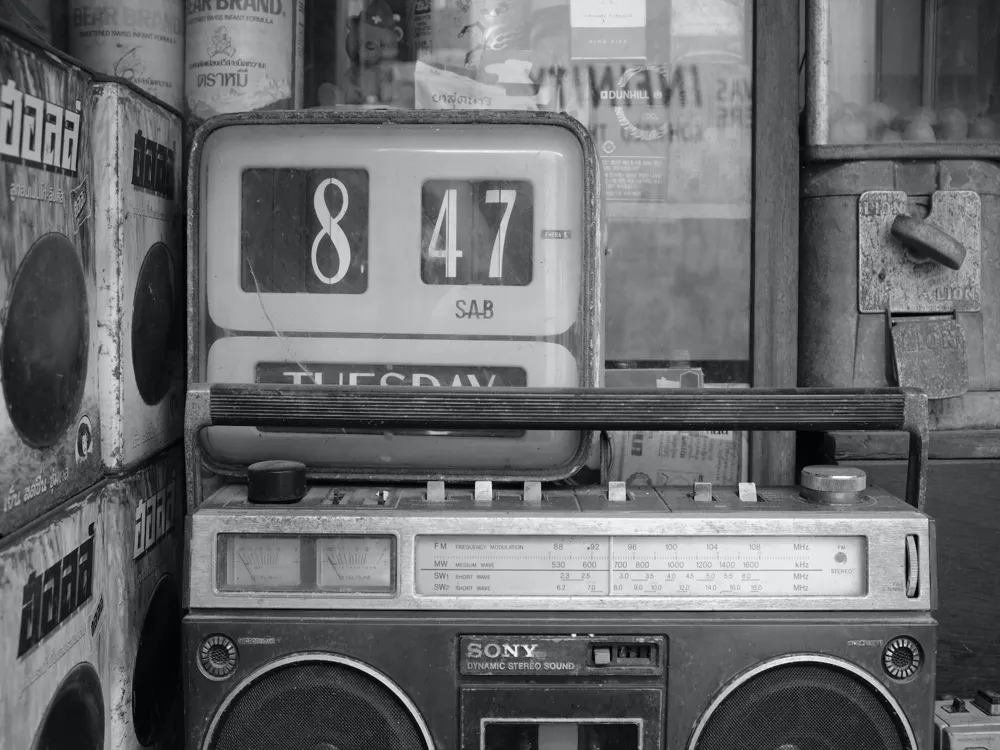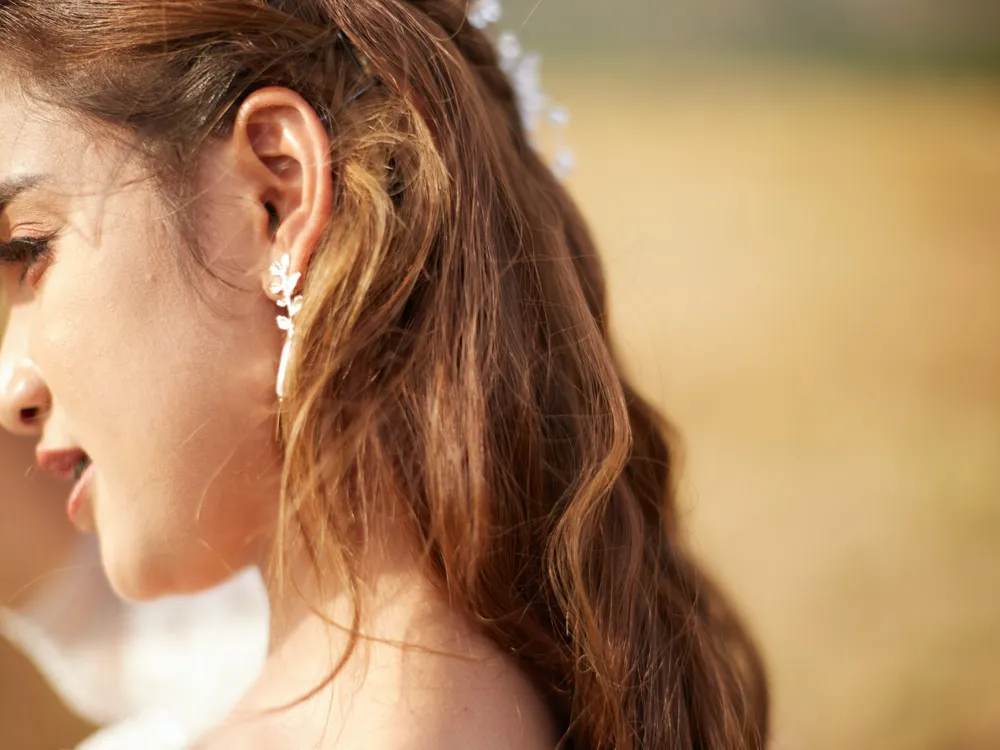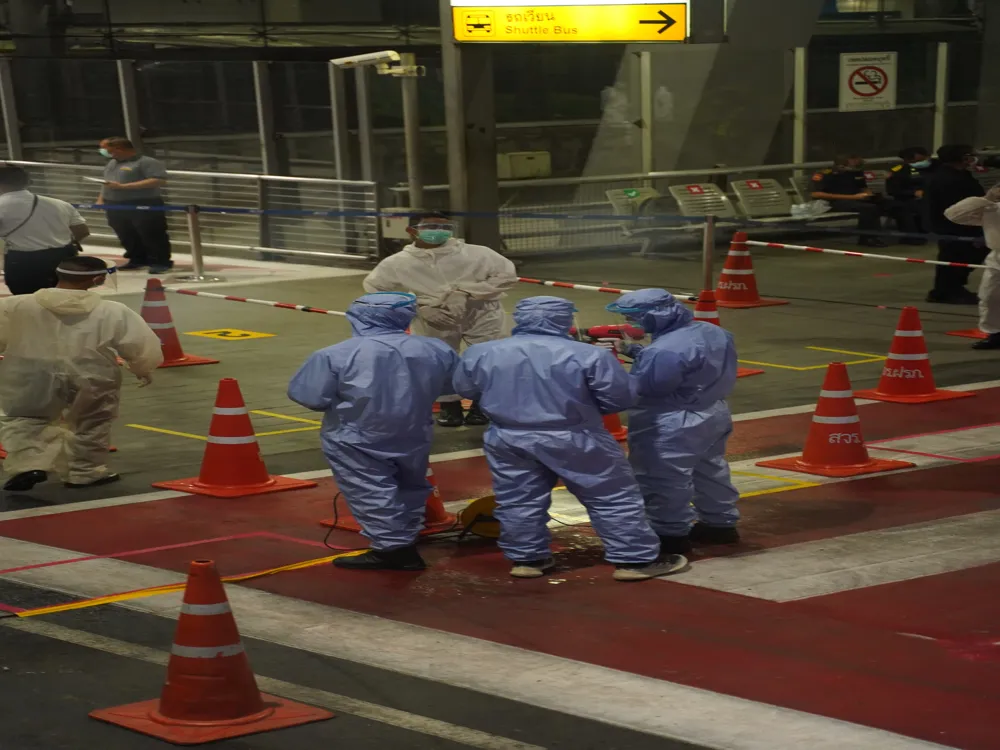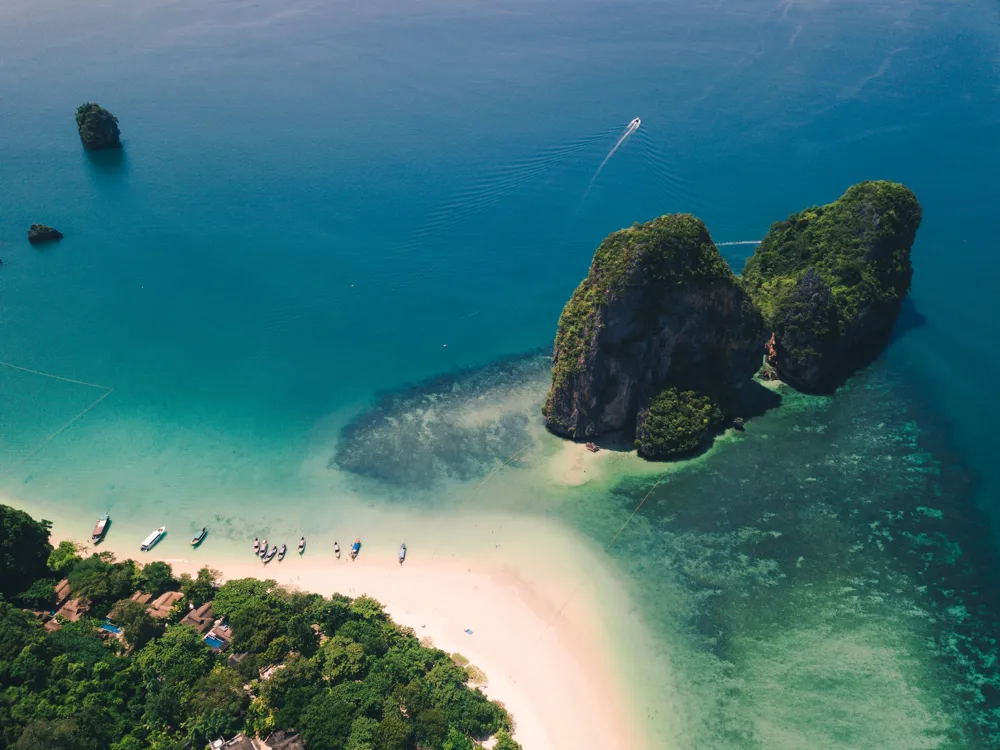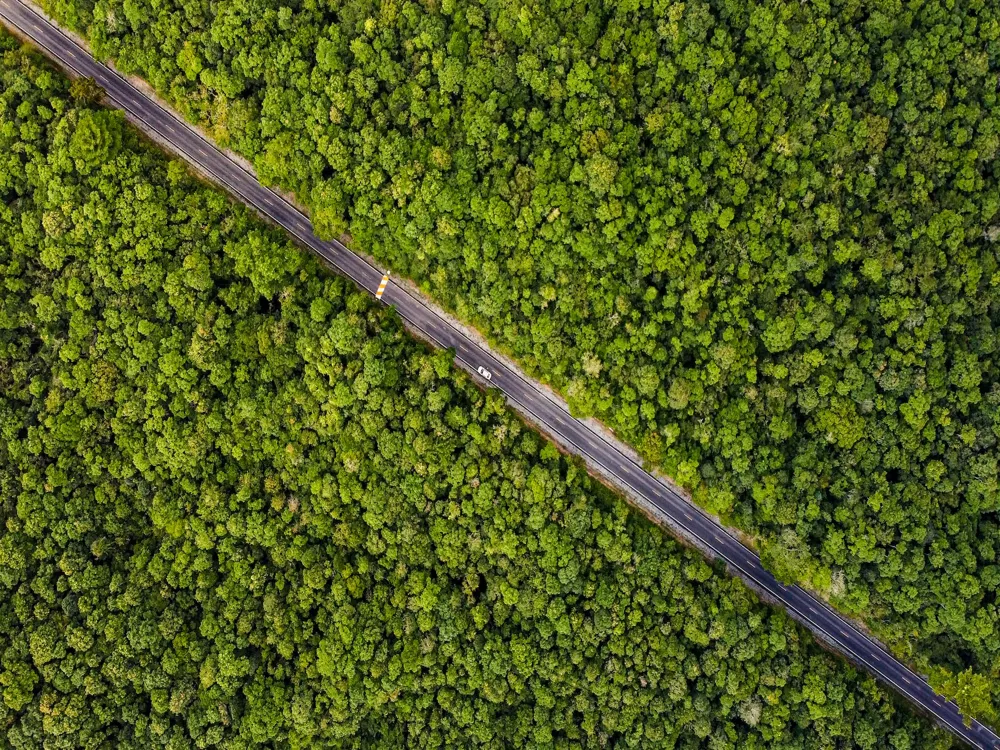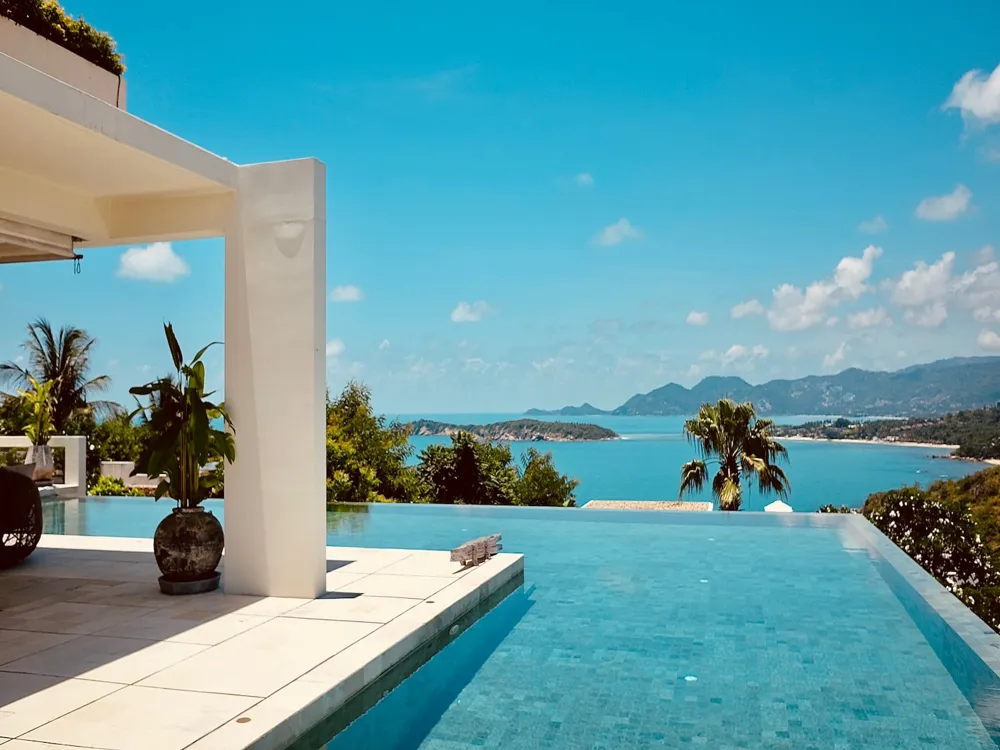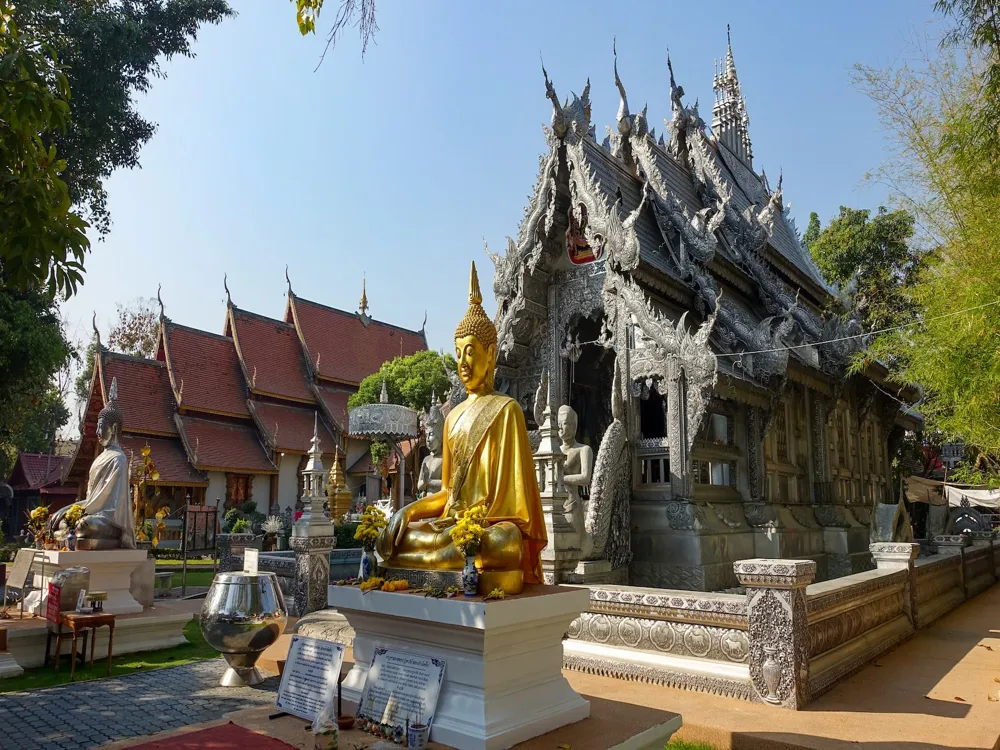Ayutthaya, once the flourishing capital of the Kingdom of Siam, now stands as a testament to the grandeur of Thailand's rich history. Founded in 1350 by King U-Thong, this ancient city was the second Siamese capital after Sukhothai. For over 400 years, Ayutthaya thrived as a center of politics, trade, and culture, attracting merchants from across the globe. Its strategic location between China, India, and the Malay Archipelago made it an ideal trading hub. The city's layout, influenced by astrological beliefs, Hindu cosmology, and Buddhist spiritual ideas, was ahead of its time, showcasing a sophisticated urban planning.
The Ayutthaya period is often regarded as the golden era in Thai history, a time when art, literature, and learning flourished. The kings of Ayutthaya were not only political leaders but also patrons of the arts, commissioning numerous temples, palaces, and monuments. This era witnessed the fusion of different architectural styles, resulting from the diverse cultural influences brought by international trade. Despite facing numerous wars and conflicts, particularly with the Burmese, Ayutthaya continued to prosper until its downfall in 1767.
Today, the remnants of Ayutthaya, with its majestic ruins, tell the story of a city that was once at the center of a vibrant civilization. These ruins, comprising temples, palaces, and statues, now form the Ayutthaya Historical Park, a UNESCO World Heritage Site. Visiting Ayutthaya offers a journey back in time, providing a glimpse into the glory of ancient Siam and a deeper understanding of Thai culture and heritage.
The architecture of Ayutthaya, characterized by its unique blend of styles, reflects the city's status as a melting pot of cultures. Influences from Sri Lanka, India, Japan, China, and Europe can be seen in the city's construction and design elements. Ayutthayan architecture is most notable for its distinctive prangs (reliquary towers) and large monasteries, which were often surrounded by high walls and had numerous gates. The prangs, inspired by Khmer architecture, are perhaps the most iconic feature, representing Mount Meru, the center of the universe in Hindu-Buddhist cosmology.
The construction materials used in Ayutthaya varied. Initially, temples were built using wood, but as the city prospered, more durable materials like brick and stone were used. This transition is evident in the ruins, where earlier structures display simpler designs, while later buildings showcase more complexity and ornate details. The temples and palaces were adorned with intricate carvings, stucco work, and painted murals, many of which depicted scenes from Buddhist scriptures and daily life in the Ayutthaya Kingdom.
Despite the destruction in 1767, many structures have survived, offering insights into Ayutthayan architectural prowess. The Wat Phra Si Sanphet, known for its three impressive chedis, was the holiest temple on the site of the old royal palace. It served as a model for the Temple of the Emerald Buddha in Bangkok. Another notable structure is Wat Chaiwatthanaram, with its striking central prang surrounded by smaller towers. This layout symbolizes the traditional Buddhist view of the world.
To fully experience Ayutthaya, it's advisable to spend at least a full day in the city. Consider visiting during the cooler months from November to February. Start early to avoid the heat and the crowds. Many of the sites are outdoors, so dress accordingly and wear comfortable shoes. Hiring a local guide can enrich your experience, offering insights into the history and significance of the ruins.
Ayutthaya's temples are sacred sites. Dress modestly, covering shoulders and knees, and remove shoes before entering temple buildings. It's important to show respect to Buddha images. Avoid climbing on or touching the statues, and always sit or stand with your feet pointing away from them.
Ayutthaya is easily accessible from Bangkok, just about an hour's drive or train ride away. Renting a bicycle or a motorbike is a popular way to explore the city, giving you the flexibility to move at your own pace. Tuk-tuks and songthaews are also available for those who prefer not to cycle.
Ayutthaya offers a variety of dining options, from street food stalls serving traditional Thai dishes to riverside restaurants offering scenic views. Don't miss trying the city's famous boat noodles. Accommodation ranges from budget guesthouses to luxury hotels, catering to all types of travelers.
Reaching Ayutthaya is straightforward, with several options available. The most convenient way from Bangkok is by train, with regular services from Bangkok's Hua Lamphong and Bang Sue stations. The journey takes about an hour and offers a scenic route. Buses to Ayutthaya depart from Bangkok's Mo Chit Bus Terminal, and the trip typically takes around 1.5 hours. Alternatively, you can drive or hire a taxi; the trip takes about an hour via the expressway. For a more unique experience, consider taking a river cruise from Bangkok to Ayutthaya, which allows you to enjoy the landscapes along the Chao Phraya River.
Overview of Ayutthaya
Architecture of Ayutthaya
Tips When Visiting Ayutthaya
Planning Your Visit
Respecting Local Culture
Transportation Tips
Food and Accommodation
How To Reach Ayutthaya
Wat Borom Puttharam
Ayutthaya
₹ 60,000 onwards
View ayutthaya Packages
Weather :
Tags : Buddhist Temple
Timings : 8:00 AM - 4:30 PM
Planning a Trip? Ask Your Question
Ayutthaya Travel Packages
View All Packages For Ayutthaya
Top Hotel Collections for Ayutthaya

Private Pool

Luxury Hotels

5-Star Hotels

Pet Friendly
Top Hotels Near Ayutthaya
Other Top Ranking Places In Ayutthaya
View All Places To Visit In ayutthaya
View ayutthaya Packages
Weather :
Tags : Buddhist Temple
Timings : 8:00 AM - 4:30 PM
Planning a Trip? Ask Your Question
Ayutthaya Travel Packages
View All Packages For Ayutthaya
Top Hotel Collections for Ayutthaya

Private Pool

Luxury Hotels

5-Star Hotels

Pet Friendly







